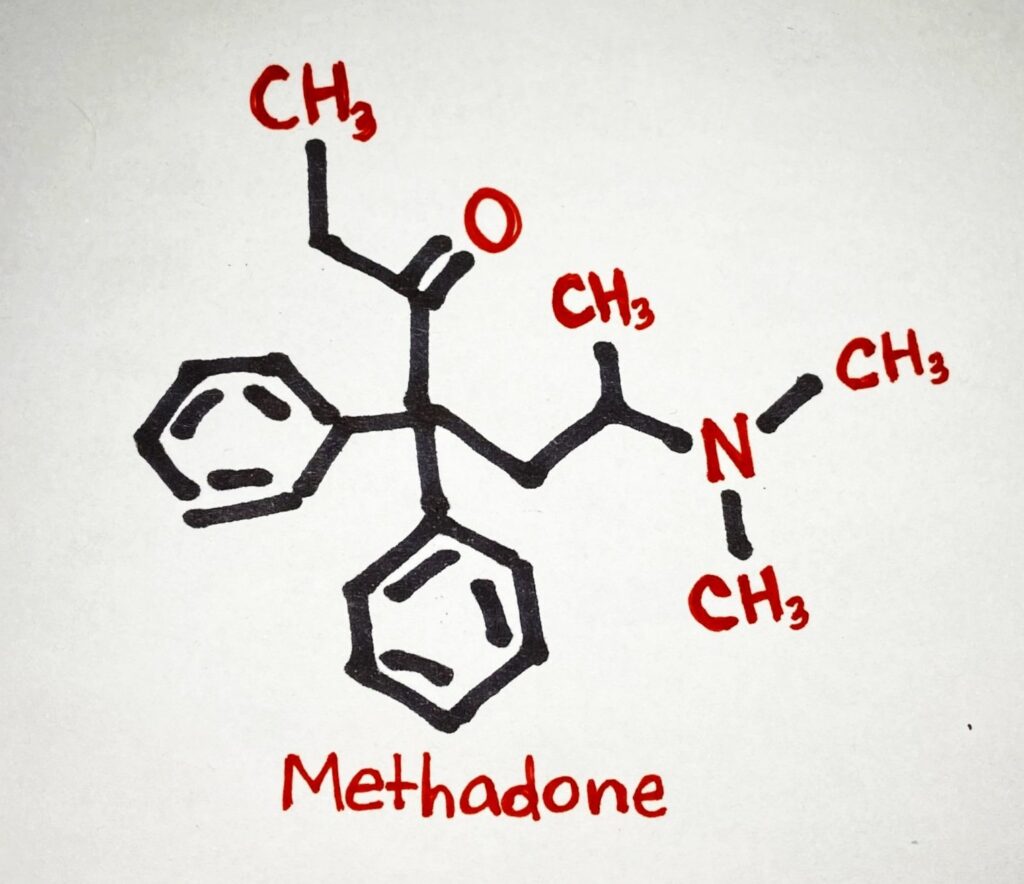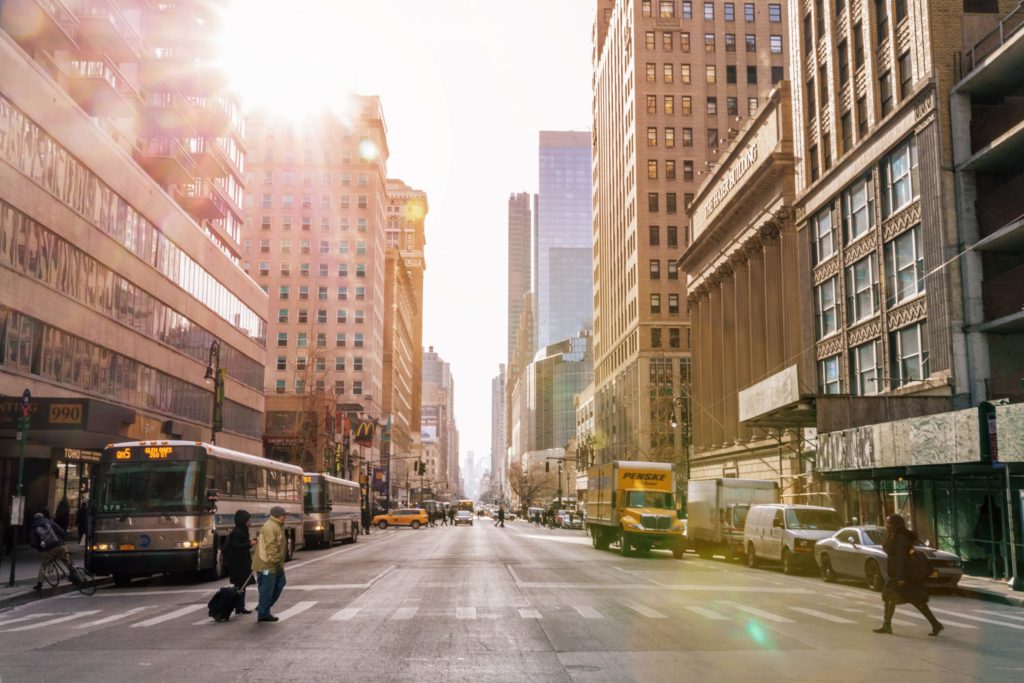COVID-19 Inspired Alternatives to Arrest and Their Public Reception
Authors
Key Points
Press Release
Too Close for Comfort (and Safety!): How the Pandemic Has Inspired Sensible Alternatives to Arrest
Introduction
As with so many facets of American life, the arrival of the COVID-19 pandemic hit the criminal justice system like a tsunami, upending existing practices and forcing leaders to rapidly consider new approaches. The fast-spreading, deadly contagion added new urgency to long-festering issues, especially the problems associated with the sheer number of individuals contained within and processed through the system. To protect those working within jails and prisons or those facing the prospect of becoming confined, jurisdictions adopted new policies to reduce the number of individuals entering the system altogether, or at least its correctional facilities.
One of the primary ways in which jurisdictions grappled with that priority was by instituting new alternatives to arrest. Across the country, jurisdictions expanded citations in lieu of arrest, deprioritized police stops for minor transgressions, and changed how they received and responded to certain civilian complaints. In each of these instances, the policy shifts suited the COVID-19 situation especially well because of their propensity to reduce unnecessary human contact, particularly in close quarters.
Of course, whether jurisdictions retain and even expand these measures, or whether additional jurisdictions follow suit, will depend on more than simply their immediate health benefits. In addition to considering how well the policies lived up to their promises of saving resources, avoiding unproductive police encounters and reducing government interference in individuals’ lives, local authorities will have to weigh the political and public reaction to their introduction. Indeed, one obstacle to alternatives to arrest that has existed since long before the pandemic is fear about how the public will respond to their adoption. Accordingly, the present brief addresses some of these concerns by delving into COVID-19- inspired shifts in alternatives-to-arrest policy and examines how these changes were received in the popular press.











